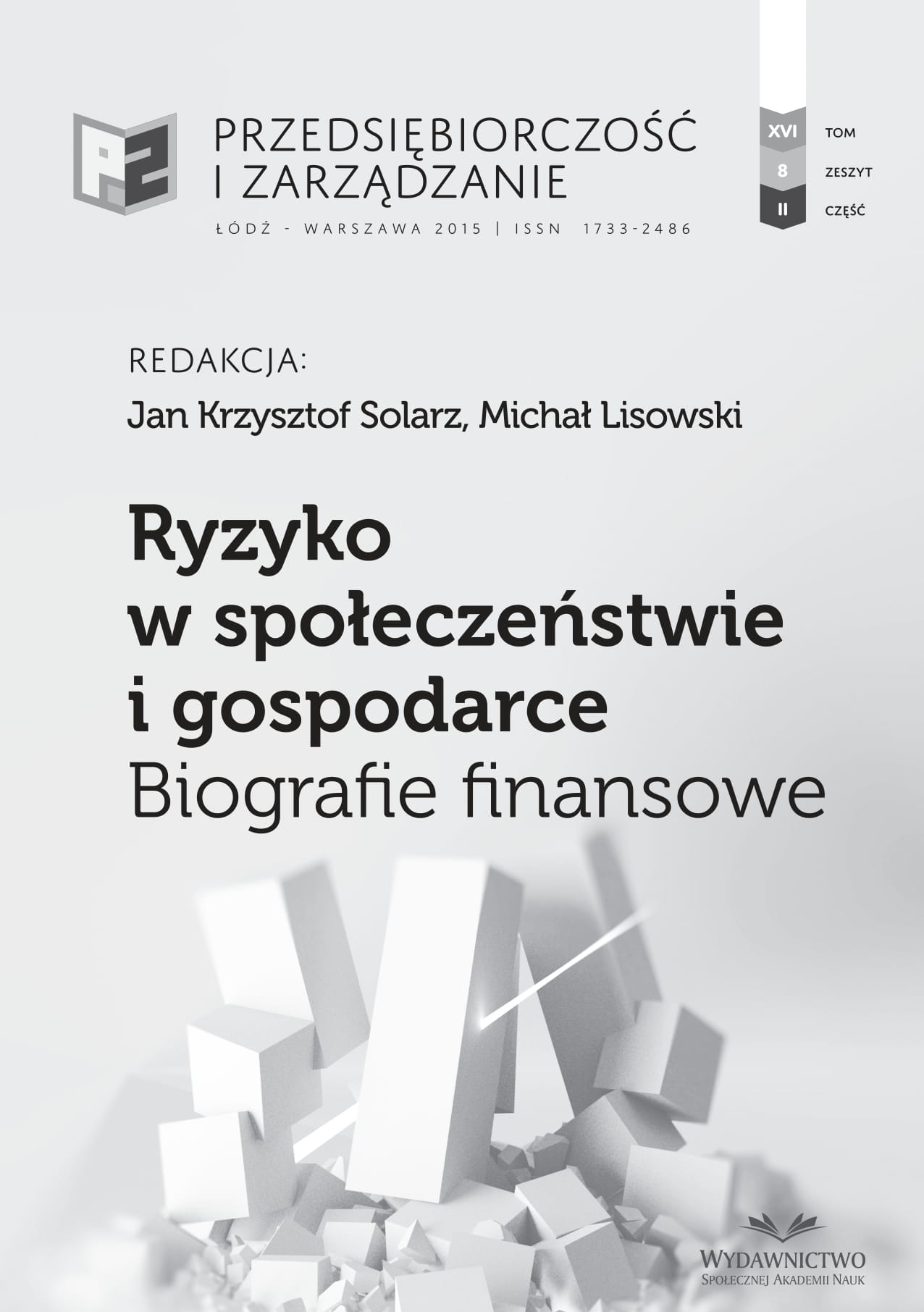Ryzyko działalności gospodarczej w środowisku naturalnym człowieka
Risk in Economic Activity in Human Natural Environment
Author(s): Bazyli Czeczuga, Marek LisowskiSubject(s): Economy, Agriculture, Energy and Environmental Studies
Published by: Społeczna Akademia Nauk
Keywords: natural environment; economic activity; risk; flora; fauna
Summary/Abstract: Natural environment consists of abiotic (soil, water, air) and occurring in those biotic factors (plants, animals, microorganisms). Distribution of these factors on the Earth’s surface is varied. It is also distinguished by different aquatic ecosystems (rivers, ponds, lakes, seas), and lands ecosystems (fields, meadows, forests). In each ecosystem since its inception formed certain plant groups (producers) which, in the process of photosynthesis production organic matter, animal (consumers) and bacterial and fungal (decomposers) decomposing dead organic matter. All three groups together form a dynamic system of each ecosystem. Manufacturers are the food base for the various species of herbivores as consumers and-order. In turn, consumers and-order are eaten by predatory animals consuming second-order, and the latter consume larger predators or consumer third row. The dead specimens of all producers and consumers are decomposed by numerous species of fungi and bacteria saprophytic the so-called decomposers. Released by decomposers elements are the building blocks for the following generations of producers. Species composition of producers, consumers and decomposers in different ecosystems is different, dynamic and formed over centuries of existence of the ecosystem. All living organisms in each ecosystem are intertwined so-called trophic networks forming numerous food chains. Economic activity in the natural environment of man will sometimes drastic disturbances in the functioning of food chains. The activities of its often eliminate some of the cells food chains, while another if we introduce a new body to this ecosystem, which does not have this ecosystem his limiting factor (consumer) reproduces in huge quantities limiting the existence of other organisms often economically valuable. Becomes it when you do not take into account the conditions in the ecosystem trophic relationships on the one hand, ecological niche (environmental requirements), brought the body on the other side. The risk can be reduced to a minimum learning trophic relationships flora and fauna of the ecosystem in which to perform the specified economic activity. Disruption in the functioning of individual cells of trophic chains aquatic and terrestrial ecosystems are numerous both within manufacturers (plants) and consumers (animals) of all kinds. Instead of the expected business successes followed serious environmental perturbations brings major economic losses in the region, the country and even the continent state [Campbell 1995, s. 122; Czeczuga 2010, s. 12; Eldredge 1998, s. 82; Sukopp 1990, s. 75].
Journal: Przedsiębiorczość i Zarządzanie
- Issue Year: 16/2015
- Issue No: 8.2
- Page Range: 29-37
- Page Count: 9
- Language: Polish

